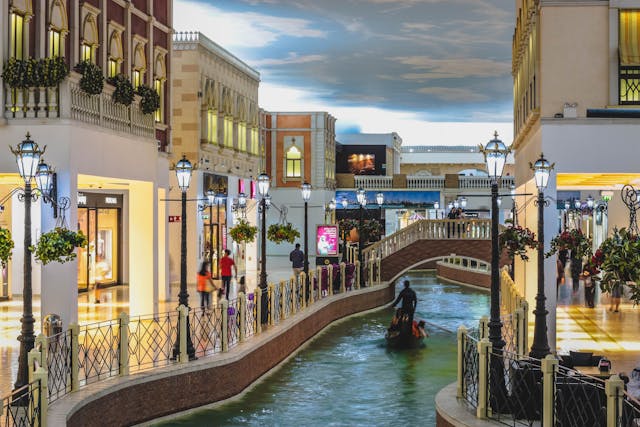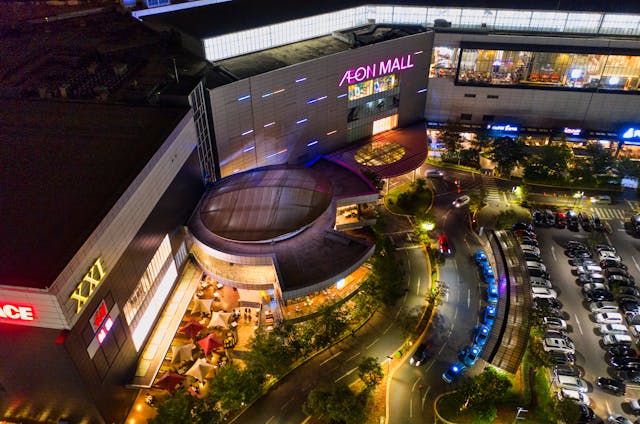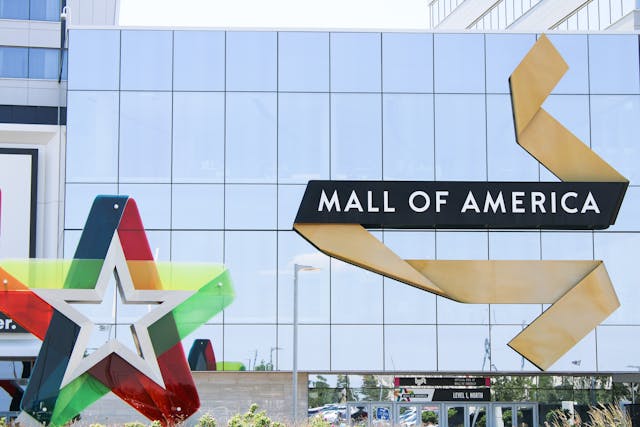Shopping malls have become an iconic part of modern life, often serving as much more than just a place to shop. In fact, malls have evolved into social hubs, entertainment centers, and community gathering spots. From their early origins to their current status as lifestyle destinations, malls have consistently adapted to the changing desires of consumers, remaining relevant even in the face of online shopping’s growing dominance. In this post, we’ll explore how shopping malls gained such popularity and what their future might hold.
The Origins of the Shopping Mall
The first modern shopping mall, Southdale Center, opened in 1956 in Edina, Minnesota, and introduced the world to the idea of a fully enclosed retail space where multiple stores could operate under one roof. Architect Victor Gruen, who designed Southdale, envisioned it as more than just a collection of shops. He saw it as a community space where people could meet, dine, and relax—essentially an extension of public life.
By the 1980s and ’90s, shopping malls had become a cultural phenomenon. The convenience of having multiple retailers in one location, coupled with the rise of suburban living, made malls a favored destination for families, teens, and groups of friends. They became more than just retail centers; they were places to see and be seen, to hang out, and even to enjoy entertainment options like movie theaters and arcades.
Why Shopping Malls Became So Popular
- Convenience: The core appeal of the mall lies in its convenience. Rather than visiting separate stores scattered across a city, shoppers could find everything they needed in one place, from clothing and electronics to dining and entertainment options.
- Entertainment: Over time, malls evolved beyond shopping. The addition of food courts, movie theaters, ice skating rinks, and even amusement park rides turned malls into entertainment hubs, where people could spend hours without ever making a purchase.
- Social Spaces: Malls quickly became a social space, particularly for teens and young adults. The combination of shopping, dining, and entertainment provided a casual space to meet up with friends, leading to malls being as much a place for socializing as shopping.
- All-Weather Shopping: Malls provided a climate-controlled environment, making them attractive places to visit year-round, regardless of the weather outside. This particularly boosted their popularity in regions with harsh winters or extreme heat.
- A Sense of Experience: Malls offer an experience that cannot be replicated by online shopping. From the visual appeal of decorated stores to the sensory delight of trying new products, tasting food samples, or enjoying live events, malls provide an immersive environment.

The Challenge of Online Shopping
In recent years, the rise of e-commerce has posed significant challenges to shopping malls. The convenience of shopping from home, often with better prices and easy returns, has caused some to question the relevance of brick-and-mortar retail spaces. Iconic malls in some parts of the world have closed, while others struggle to maintain foot traffic.
However, malls have shown remarkable resilience by adapting to these changes. Rather than competing directly with online shopping, they have shifted toward offering unique experiences that cannot be found in a virtual environment.
The Future of Shopping Malls
While the future of shopping malls may look different from their past, they are far from disappearing. Here’s what we’re likely to see in the coming years:
- Experiential Retail: Malls are increasingly becoming places where people go for experiences, not just shopping. Expect more events, pop-up stores, art installations, and immersive experiences. Think themed restaurants, VR gaming centers, and interactive product showrooms. Malls are moving toward becoming lifestyle centers that blend shopping with culture and entertainment.
- Mixed-Use Spaces: The future mall might not just be a place for shopping but a place where people live, work, and play. More malls are incorporating residential buildings, co-working spaces, fitness centers, and even healthcare facilities. This approach turns the mall into a one-stop destination for multiple aspects of daily life.
- Sustainability and Green Spaces: As environmental awareness grows, so does the desire for eco-friendly retail spaces. Future malls may feature more green spaces, sustainable architecture, and energy-efficient designs. This will not only attract environmentally conscious consumers but also reduce operational costs.
- Technology Integration: Malls of the future are likely to integrate more digital features, from augmented reality experiences to smart parking and app-based services that allow shoppers to navigate stores more efficiently. These advancements can bridge the gap between physical and online shopping, offering a seamless customer experience.
- Community-Centered Spaces: Some malls are evolving into community centers, offering public spaces, educational workshops, cultural events, and farmers’ markets. These community-driven elements create a stronger connection between the mall and its local environment, transforming the space into more than just a commercial destination.

Final Thoughts
Shopping malls are no longer just about buying things—they’ve become cultural and social hubs. Despite the rise of online shopping, malls are not going away anytime soon. In fact, their future may be brighter than ever as they continue to evolve into spaces where people can gather, experience new things, and connect with their community.
The next time you visit a mall, take a moment to notice how it’s changing. You might just find that it offers more than a few good stores—it might just be the heart of your community in the making.
Thanks for reading GertieBlu!









